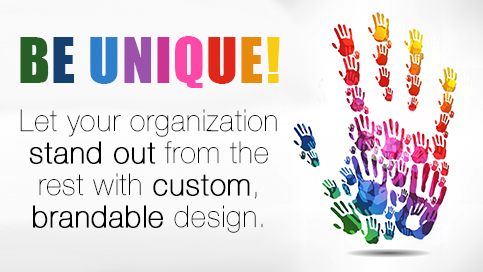Building A Better Website Starts With These Tips
 A lot of people know some things about designing website, but not much on the subject of mobile websites and apps for the mobile user. If this is something you are currently struggling with, try reading the following tips. They are up-to-date and current.
A lot of people know some things about designing website, but not much on the subject of mobile websites and apps for the mobile user. If this is something you are currently struggling with, try reading the following tips. They are up-to-date and current.
If you’re designing a website, make sure the code you write has a valid HTML+CSS. Although most browsers can make sense of code that isn’t valid, it could be rendered correctly or incorrectly. Valid code will render the same way most of the time in modern browsers. You can check the validity of your HTML code with an HTML validator – Website Design Company
Use JavaScript to include a custom font on your webpages. Libraries like Typekit and Google Web Fonts make it easy to include esoteric fonts on webpages, even if most visitors don’t have those fonts on their computers. It works by embedding the font itself into JavaScript so that it can be decoded by the client on the fly.
Does your site pass the NoScript test? See if the website is readable. While you may need to have some scripts running, you do not want to see a completely empty website if they are turned off.
Wherever your logo appears on your site, you should accompany it with a complementary slogan or tagline. Ideally, this tagline should be catchy and informative, and should offer some basic summary of the purpose of your site or product offering. The combination of your logo and tagline should appear on every page to create a sense of cohesion.
Personalize your site. Your clients want to feel comfortable with you, so use testimonials from trusted customers, as well as photographs of people. Building trust with your customers is very important, so be sure to let them know you personally care about the product or service you are providing them.
If you plan on having a commercial site, you should seriously consider buying your own web hosting. Most free host sites force you to display their advertisements, which is counter-intuitive if you are attempting to sell something as well. Purchase your own hosting to avoid this advertising hassle, so that you can choose your own ads – Graphic Design Company
The Internet and websites are always evolving. Old-school designs may not work these days. That is why you must apprise yourself of the most up-to-date information available. These tips will help you stay current in the market.

